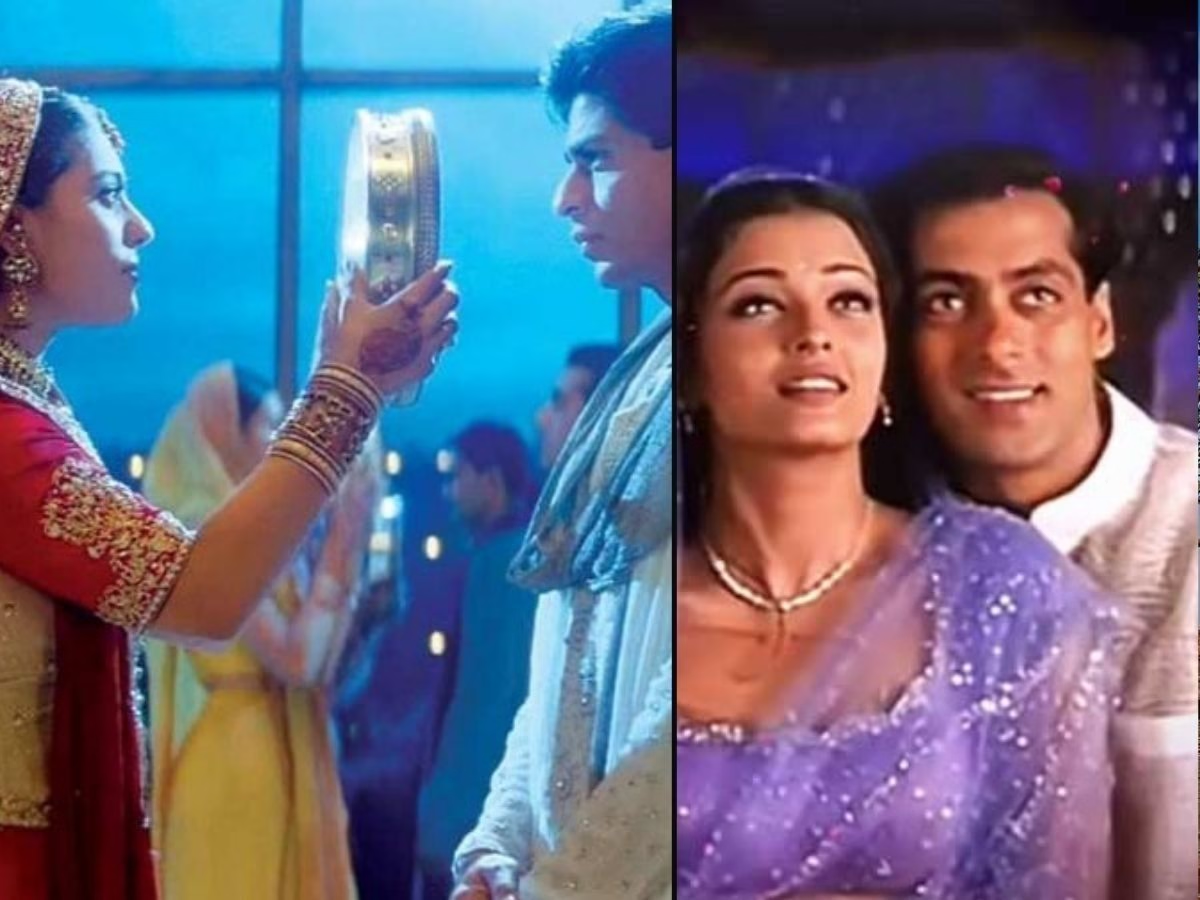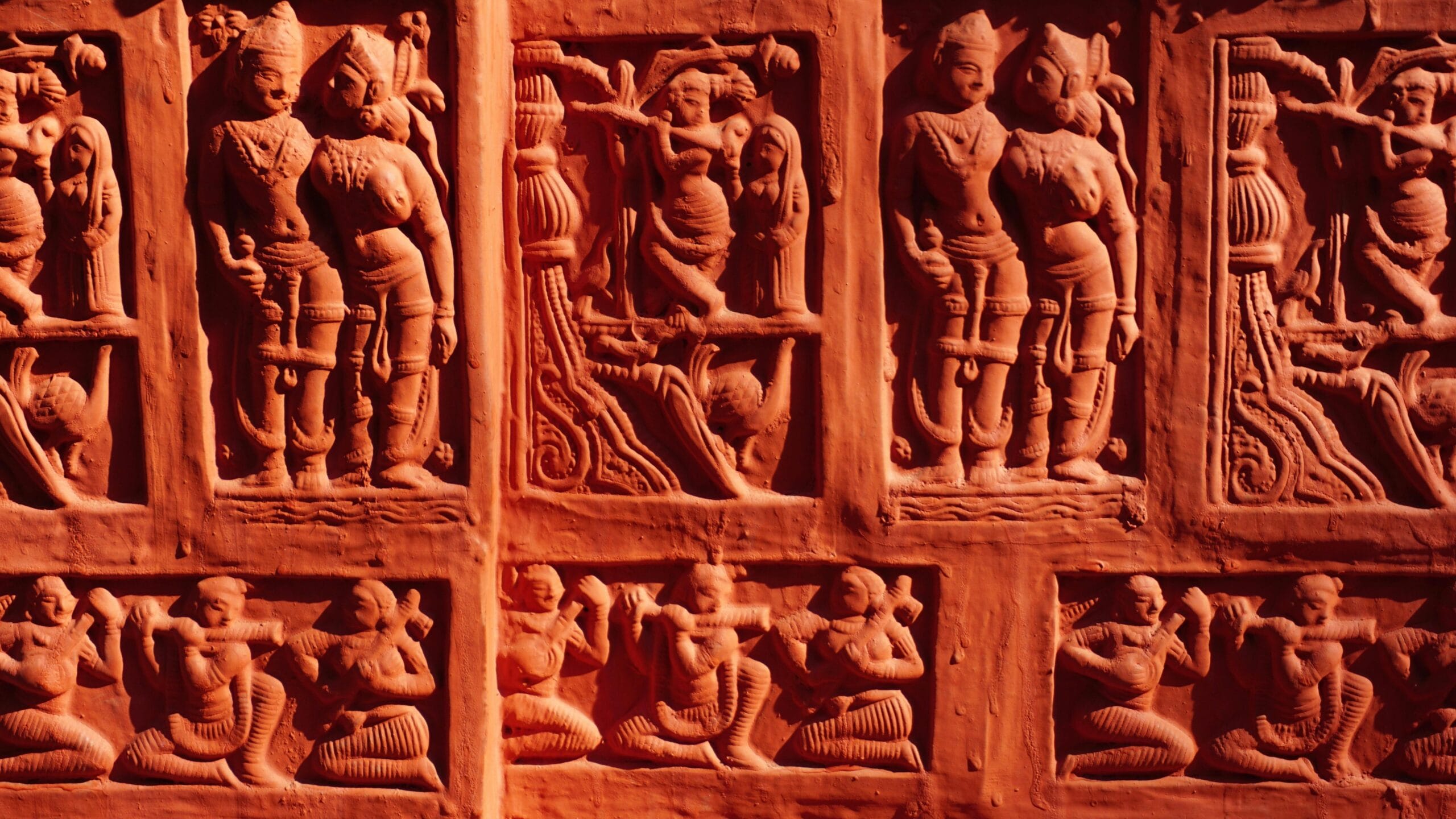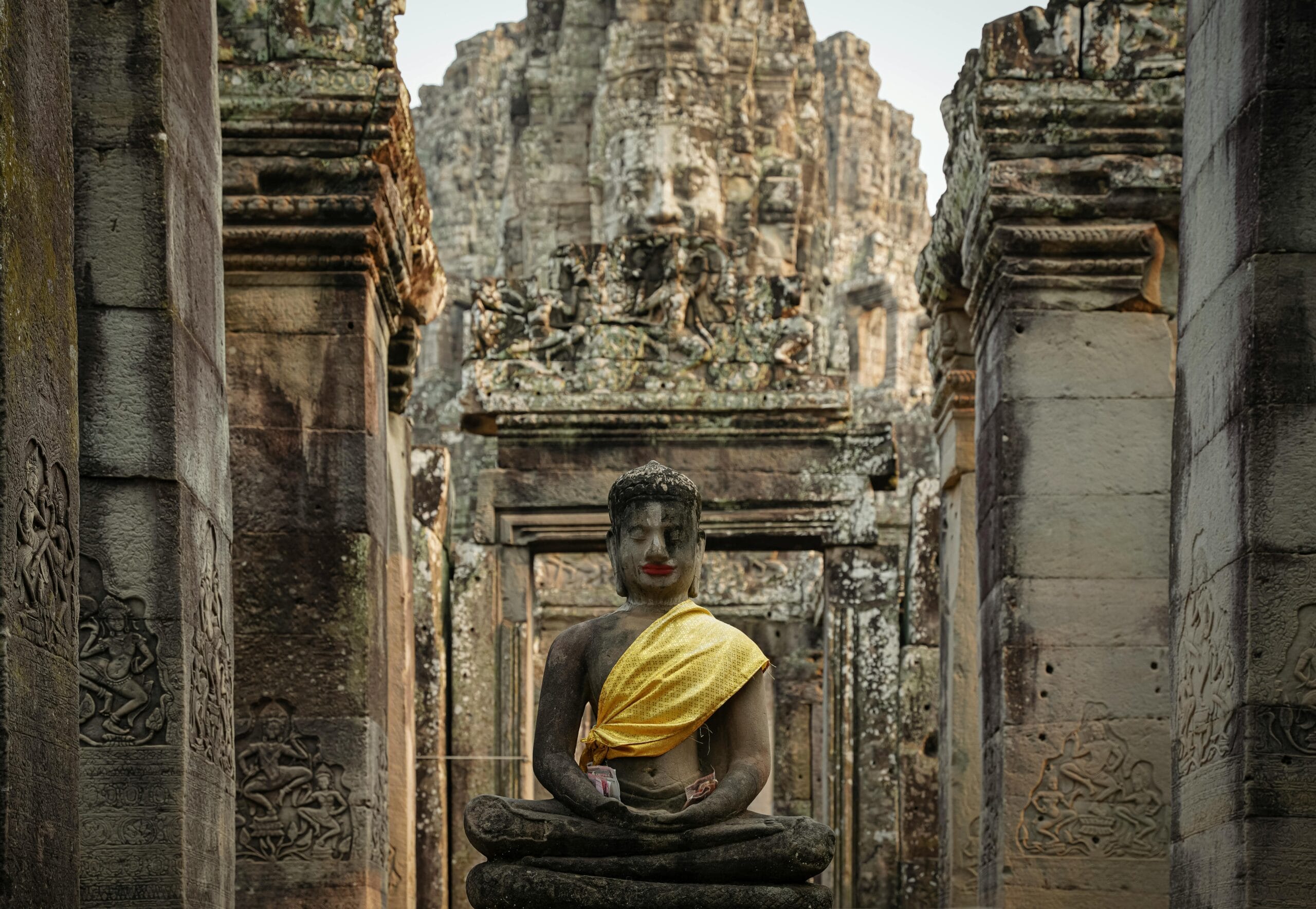This article provides a comprehensive, fact-based exploration of Karwa Chauth, a festival gaining increasing prominence in India. We will delve into its historical context, religious significance, and societal implications, shedding light on its origins and the narratives surrounding it. Our goal is to offer an authoritative and fact-based analysis of Karwa Chauth, supported by various sources and historical references. Is the true essence of love found in elaborate rituals, or in the everyday acts of kindness and respect?
Table of Contents:
What is Karwa Chauth?
Karwa Chauth, a fast observed by married women, is celebrated a few days after the Hindu festival of Diwali. The core practice involves women observing a day-long fast from sunrise to moonrise, praying for the well-being, prosperity, and longevity of their husbands. During the day, women adorn themselves with traditional attire, jewellery, and makeup. The fast is broken after sighting the moon and performing certain rituals. The festival is associated with themes of love, devotion, and marital bliss.
The Rituals and Customs
- The Fast: Women abstain from food and water throughout the day.
- Adornment: Women dress up in traditional attire, usually a saree or a lehenga, along with jewelry and makeup.
- The Puja (Worship): The puja involves offering prayers to the moon, seeking blessings for their husbands.
- Breaking the Fast: Women break the fast after sighting the moon and offering prayers.
Karwa Chauth has become increasingly popular, spreading beyond its traditional regions of North and Northwest India, particularly in areas like Punjab, Haryana, Rajasthan, Delhi, Uttar Pradesh, Madhya Pradesh, and Bihar.
Historical Origins and Evolution
No one knows the exact origins of Karwa Chauth, and definitive historical records are missing to pinpoint its exact inception. It is believed to have originated in the Northwestern parts of India. The festival’s evolution reflects the changing social and cultural landscapes of India. The festival has adapted to modern times, influenced by media, Bollywood, and the evolving roles of women in society. Its celebration has expanded beyond its original geographical boundaries, amplified by television and other media.
Theories about its origins
- Military context: One theory suggests that it originated as a way for women to pray for the safety of their husbands, who were often away at war.
- Agricultural context: Other theories link it to agricultural practices, with the fast being a way to ensure a good harvest.
- Religious influences: The festival is thought to have evolved over time, incorporating elements of various religious and cultural traditions.
Karwa Chauth and Religious Texts
The Vedas, Upanishads, and Puranas don’t explicitly mention the Karwa Chauth fast. The absence of specific references in the Vedas, Upanishads, or Puranas raises questions about its association with the core tenets of Hinduism.
Consider Karwa Chauth like a complex historical document. Each year is a new edition, edited and revised by cultural influences. What can we learn from each revision?
Scriptural Analysis
- Vedas: The Vedas, considered the foundational texts of Hinduism, do not contain any specific references to Karwa Chauth.
- Upanishads: The Upanishads, which contain dialogues of sages and Rishis, also do not mention the fast.
- Puranas: The Puranas, which contain various stories and narratives, similarly lack any clear mention of the festival.
The popular narratives and stories associated with Karwa Chauth are relatively recent additions, emphasizing that the practice has evolved over time. Therefore, it is worth noting…
The Role of the Priesthood and Rituals
The role of the priestly class in shaping rituals deserves examination. Historically, religious leaders might have introduced practices to maintain social order and control. This raises questions about the intent behind the rituals and whether they primarily benefited the women observing them. Religious leaders may have created vrat kathas and other rituals to influence and control women.
Historical Context
- Control of Women: Religious leaders and the ruling class often used religious practices to control the behavior and actions of women.
- Vrat Kathas: Vrat kathas (stories associated with fasts) were created and promoted to encourage women to follow these rituals.
- Subservience: Verses from the Ramcharitmanas by Tulsidas that reflect a patriarchal worldview, where women were expected to be subservient to their husbands.
The Changing Face of Karwa Chauth
Karwa Chauth has evolved, influenced by media, Bollywood, and the changing roles of women. The festival has been significantly impacted by movies and dramas.

The celebration’s shift to urban areas, particularly with the influence of the upper class, is notable. Social media has also played a crucial role in the commercialization of the festival.
Modern Adaptations
- Commercialization: The festival is heavily commercialized, with emphasis on shopping, elaborate celebrations, and expensive gifts.
- Media Influence: Bollywood and other media have popularized the festival, influencing how it is celebrated.
- Social Media: Social media platforms play a significant role in the celebration, with women sharing pictures, videos, and stories related to the festival.
Societal Impact and Gender Dynamics
The festival’s reflection of patriarchal structures within society is significant, as women are often relegated to a secondary status, reflected in traditions like Karwa Chauth. The historical context of women’s roles in society, particularly within a patriarchal framework, is also important. The impact of Karwa Chauth on women’s rights and freedoms should be carefully examined. The ongoing struggle for women’s rights, with references to the Indian constitution and the contributions of Dr. B.R. Ambedkar is also relevant.
Gender Inequality
- Subordinate Role of Women: Karwa Chauth narratives often reinforce the traditional subordinate role of women.
- Patriarchal Structures: Vrat kathas may reinforce patriarchal structures, potentially limiting women’s access to rights and agency.
- Modern Perspectives: Because of the struggle of Baba Saheb, women have gained the right to live in each field, but challenges persist.
The Economic Aspects of Karwa Chauth
The financial implications of Karwa Chauth, particularly for those in lower socioeconomic groups, are worth noting. The celebration can place a significant financial burden on families, and it can often lead to household arguments.
Economic Burdens
- Costly Practices: The festival involves expenses on clothes, jewelry, and other items, which can be a significant financial burden.
- Disproportionate Spending: People from lower-middle-class families often spend more than they can afford, which can lead to financial stress.
- Alternative Expressions of Love: The true value of love and respect should not be measured in expensive rituals; it is better expressed through actions and compassion.
The Importance of Love and Respect
The true meaning of love and respect in a marriage should be emphasized, independent of the practices associated with Karwa Chauth. The idea that love is better expressed through actions and compassion, rather than just through fasts or rituals, should be highlighted.
Practical Expressions of Love
- Beyond Rituals: Instead of costly practices, expressing love should involve simple gestures like spending quality time, helping with daily chores, and showing affection.
- Mutual Respect: Both the husband and wife should respect each other’s choices and live in harmony.
- Focus on Wellbeing: Partners can focus on each other’s well-being, sharing responsibilities, and engaging in open communication.
What you can do?
As you reflect on these discussions, here are some things to consider and ways to implement a rational approach to Karwa Chauth and other cultural practices:
- Seek Knowledge: Research the origins and significance of cultural practices, including Karwa Chauth. Understand the stories, the history, and the various viewpoints surrounding it.
- Critical Thinking: Analyze the information with a critical mindset. Question the narratives, the motivations, and the potential impacts of the practices.
- Prioritize Wellbeing: Ensure that traditions do not harm your health or well-being. If a practice involves fasting, make sure it is safe and done with proper preparation and awareness.
- Promote Equality: Support and uplift the women in your community, recognizing their rights and contributions. Create environments where both partners have equal value and respect.
- Spread Awareness: Engage in conversations about rationalism and cultural practices. Share accurate information and encourage open discussion about the traditions.
- Embrace Modernity: Strive for a balance between tradition and modern thinking, blending respect for customs with a rational approach that values equity, health, and understanding.
- Support Education: Support education, especially for girls and women. Encourage them to pursue their aspirations and gain financial independence.
Read more about Ancient Indian Medicine: Beyond Common Narratives
Do you disagree with this article? If you have strong evidence to back up your claims, we invite you to join our live debates every Sunday, Tuesday, and Thursday on YouTube. Let’s engage in a respectful, evidence-based discussion to uncover the truth. Watch the latest debate on this topic below and share your perspective!

